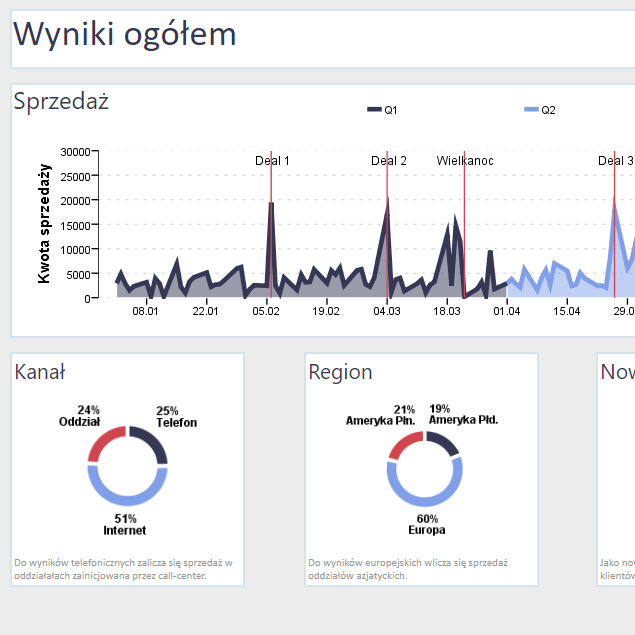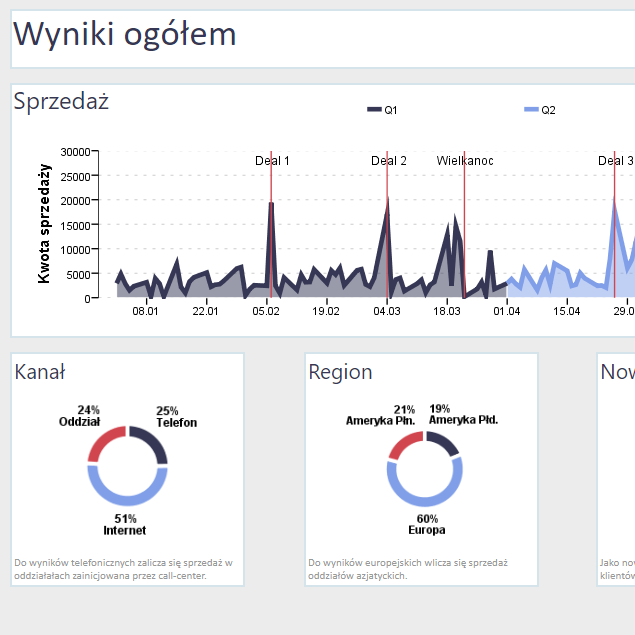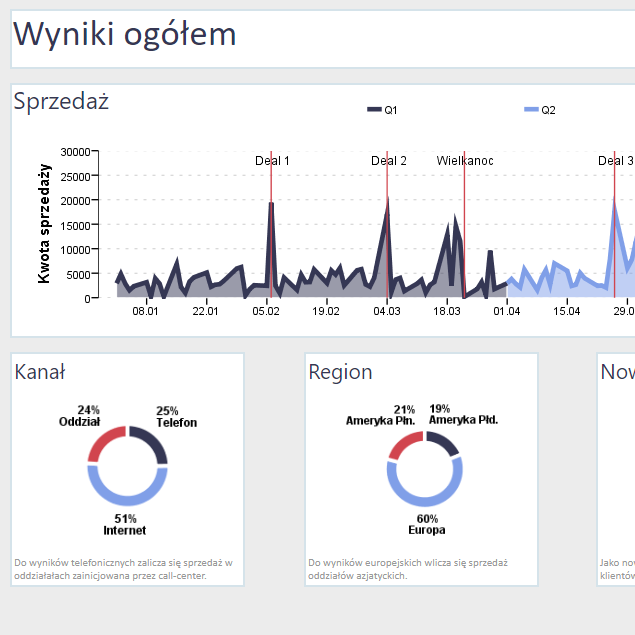Benefits
Fulfillment of the requirements of the 4th AML Directive
The system allows for fulfillment of requirements of the newest AML Directive on counteracting money laundering and terrorism financing in the area of AML risk assessment calculation and management.
Full AML risk assessment process
PS AML provides support for the full AML risk assessment process - from assessing a new customer, through meeting the requirements for increased customer identification and verification, handling sanction lists and PEP (politically exposed persons), cyclical customer assessment and transaction monitoring.
Ready-made risk assessment models
The system has implemented risk assessment models adequate to the stage of cooperation with customers, including those based on behavioral assessment of customers.
Integration of EDD surveys into the KYC process
Automatic adjustment of the content of KYC surveys according to online AML risk assessment. Access to surveys for persons conducting the customer's onboarding process from the level of the supported CRM system. Survey results are available for AML officers directly in the case handling module.
High-performance solution architecture
The technologies used allow the system to be deployed in a high-performance environment. This allows for safe integration with operating systems in organizations. As a result, the risk assessment of a new customer and transaction monitoring are completed in milliseconds.
Meeting the needs of the compliance department
An integral part of the environment is the alert management module dedicated to the AML team working in compliance departments. It allows for handling cases indicating a higher risk of money laundering, so that alerts are adequate to the type of the case (new customer, EDD, existing customer, transaction monitoring, EDD).
Security
PS AML has been developed for years. It has successfully passed inspections of supervisory institutions on several occasions. It allows for efficient auditing and demonstrating that the institution meets the requirements of the Act on Counteracting Money Laundering and Terrorism Financing, thereby protecting the company in the event of an inspection and minimizing the risk of penalties.
Flexibility
The software can be customized to suit your organization's needs. it is possible to add and remove rules, patterns, risk models, use one's own and external blacklists or configure alerts.
Versatility
The PS AML solution supports anti-money laundering efforts not only in the largest financial institutions in Poland, but also in Germany, the Czech Republic, Slovakia, Hungary and Romania.
For whom?

System Security Office
Money laundering risk assessment is carried out when establishing cooperation with each new customer, with the exception of designated institutions, countries and administration.
When undertaking cooperation with a new customer, the obliged institutions need to carry out basic customer identification and verification. In this procedure, it is possible to assess the risk of a customer's relationship with money laundering and thus decide whether to use the standard procedure or to undertake enhanced identification and verification through the KYC process or, where appropriate, to refuse to cooperate. PS AML provides full support for the identification, verification and risk assessment of new customers online, including context-dependent EDD (Enhanced Due Diligence) surveys.


Monitoring and assessing the risk of money laundering makes it possible to manage potential threats by subjecting customers to controls and supervision commensurate with the risk.
PS AML makes it easy for organizations to detect changes that may affect the assessment of the risk assigned to a customer. Such changes may include, for example, changes in personal data, new linkages between entities, blacklisting or emergence of risky behaviors. If they occur, the risk assessment for the customer is changed accordingly in PS AML.


Continuous ongoing efforts to address potential risks of money laundering and terrorism financing related to customers and contractors, products and services as well as geographical areas of activity.
The scope of transaction monitoring depends on the level of customer risk. Increased monitoring is carried out in the case of high-risk customers. For low-risk customers, the rigor is reduced. For selected groups of transactions (e.g. foreign transactions) and for selected groups of customers (e.g. persons holding politically exposed positions, the so-called PEP, present on the black lists), continuous monitoring is applied. Transactions in all communication channels are analyzed.























































